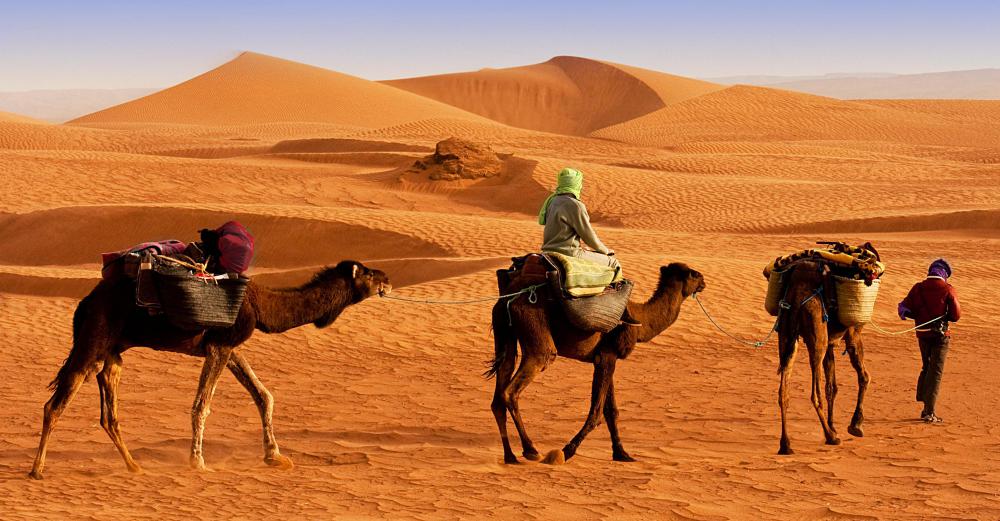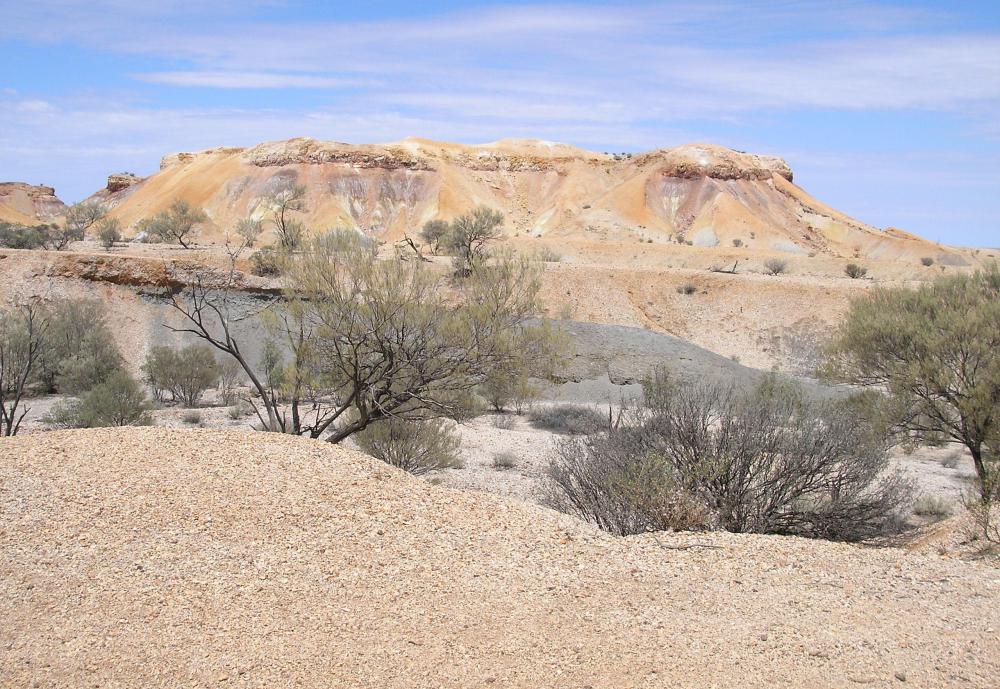At AllThingsNature, we're committed to delivering accurate, trustworthy information. Our expert-authored content is rigorously fact-checked and sourced from credible authorities. Discover how we uphold the highest standards in providing you with reliable knowledge.
What is the Desert Biome?
Technically, any area that averages less than 10 inches (25 cm) of rain per year qualifies as a desert. The desert biome mostly lies in subtropical latitudes, stretching across parts of Asia, Africa, and North America. To survive here, flora and fauna must compete for water and withstand harsh sunlight, high temperatures, and strong winds.
The desert biome can be subdivided into dry, cold, shrub, and coastal desert. In general, sandy, rocky soil is rich in mineral nutrients but poor in organic matter. Temperatures vary greatly, especially for high elevation deserts, from a blazing 111º F (44º C) to a frigid 0º F (-18º C). Deserts are often formed in the shadow of great mountain ranges that block storms and bring winds that don't carry much moisture. In fact, more moisture evaporates into the atmosphere than falls as precipitation in most deserts.

Some semi-arid areas support shrubs and cactus, but deserts have very little plant cover. Plants stay spread out, in order to access enough moisture in the ground. These drought-resistant plants are known as xerophytes. Some have adapted stomata, pores that can open and absorb water during a storm, but close during the heat of the day. Unlike most of the world, leaves don't have to compete for sunlight, but protect themselves from its searing power.

With so little plant cover, erosion poses a serious problem. Some areas with dunes shift significant amounts of soil in a process called deflation. Strong wind moves light grains of sand to form and reform dunes. There, hardly any plant or animal can live on the constantly shifting surface.
In more hospitable areas, nocturnal animals take advantage of the cool of dawn, dusk, and night. Kangaroo rats, owls, snakes, and bobcats all hunt or forage under cover of darkness. During daylight, they burrow deep underground, or stay in the shade of cacti. In the milder coastal or shrub deserts, there are plentiful quantities of diverse reptiles, amphibians, insects, birds, and rodents.
Frequently Asked Questions
What defines a desert biome?

A desert biome is characterized by its extremely low precipitation, typically less than 250 millimeters (10 inches) annually. This scarcity of water creates a harsh environment where temperatures can swing dramatically from hot days to cold nights. Vegetation is sparse and adapted to conserve water, while the fauna has evolved survival strategies to cope with the arid conditions.
What are the main types of deserts?

Deserts are categorized into four main types: hot and dry (subtropical), semi-arid (cold winter), coastal, and cold. Hot and dry deserts, like the Sahara, experience high temperatures and very little rainfall. Semi-arid deserts have more precipitation, while coastal deserts, found along continental edges, receive cool, moist air. Cold deserts, such as the Gobi, have long, cold winters and short summers.
How do plants and animals adapt to desert conditions?

Desert flora and fauna exhibit remarkable adaptations to survive. Plants like cacti have thickened stems to store water and reduced leaves to minimize evaporation. Animals, such as the fennec fox, have large ears for dissipating heat and nocturnal habits to avoid daytime heat. Many species also have specialized kidneys that conserve water, according to the National Park Service.
What is the largest desert in the world?
The largest desert in the world is the Antarctic Desert, covering an area of about 14 million square kilometers. Despite the common association of deserts with heat, this polar desert is defined by its extreme cold and minimal precipitation, making it the largest and coldest desert on Earth, as reported by the United States Geological Survey.
Can deserts be found on all continents?
Yes, deserts can be found on all continents. Each continent has its unique desert ecosystems, ranging from the vast Sahara in Africa to the arid Outback of Australia. Even Antarctica, often overlooked due to its icy landscape, qualifies as a desert because of its extremely low moisture levels and precipitation.
What impact does climate change have on desert biomes?
Climate change is exacerbating desertification, the process by which fertile land becomes desert. Rising temperatures and altered precipitation patterns can reduce the already scarce water supply, impacting plant and animal life. According to the Intergovernmental Panel on Climate Change, desert biomes are expanding, which could threaten biodiversity and the livelihoods of people living at the margins of these areas.
AS FEATURED ON:
AS FEATURED ON:















Discussion Comments
When people think of deserts, they tend to think of something totally barren, but many deserts do have some grasslands and there are many native animals of the desert biome as well.
Post your comments